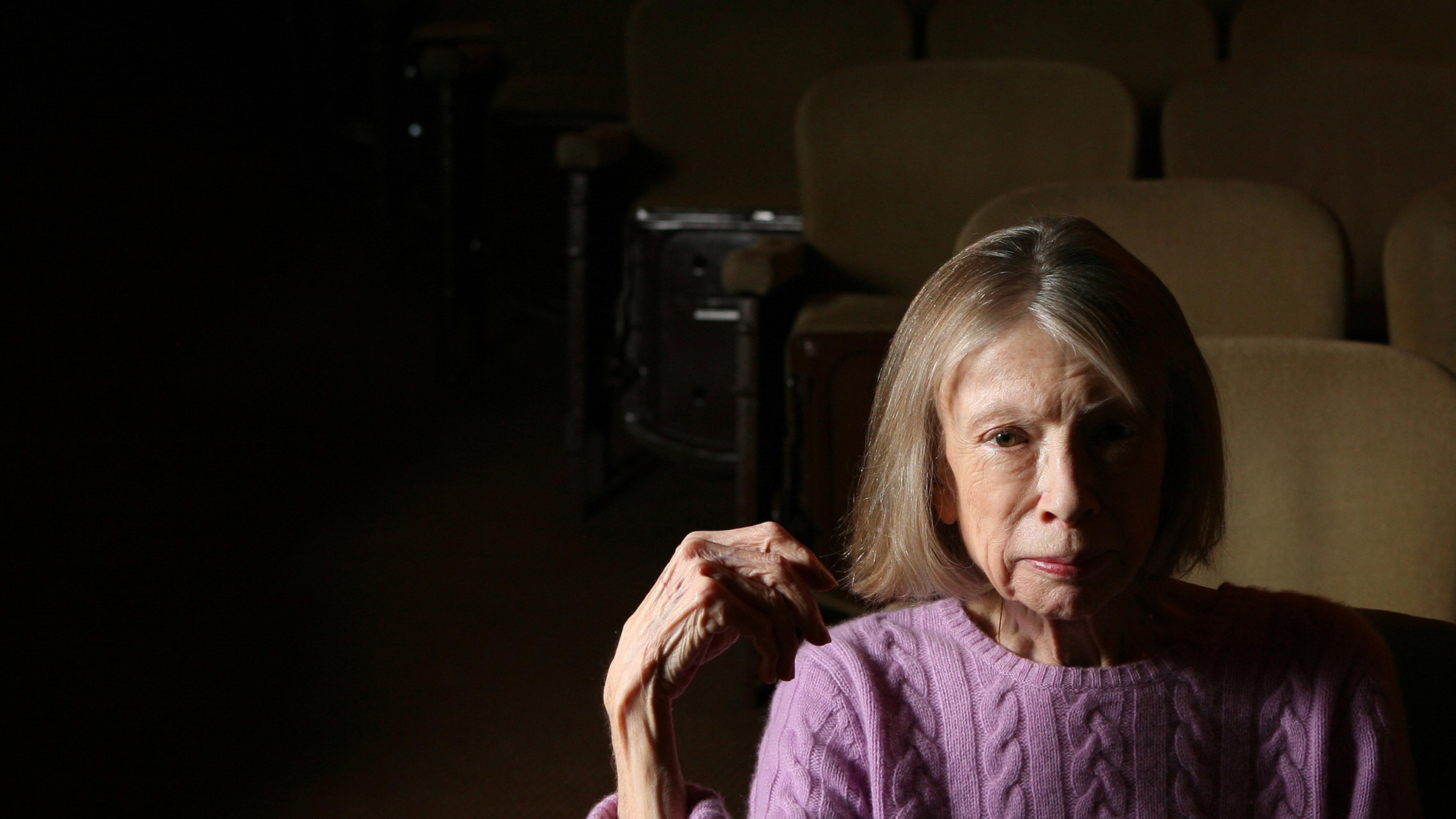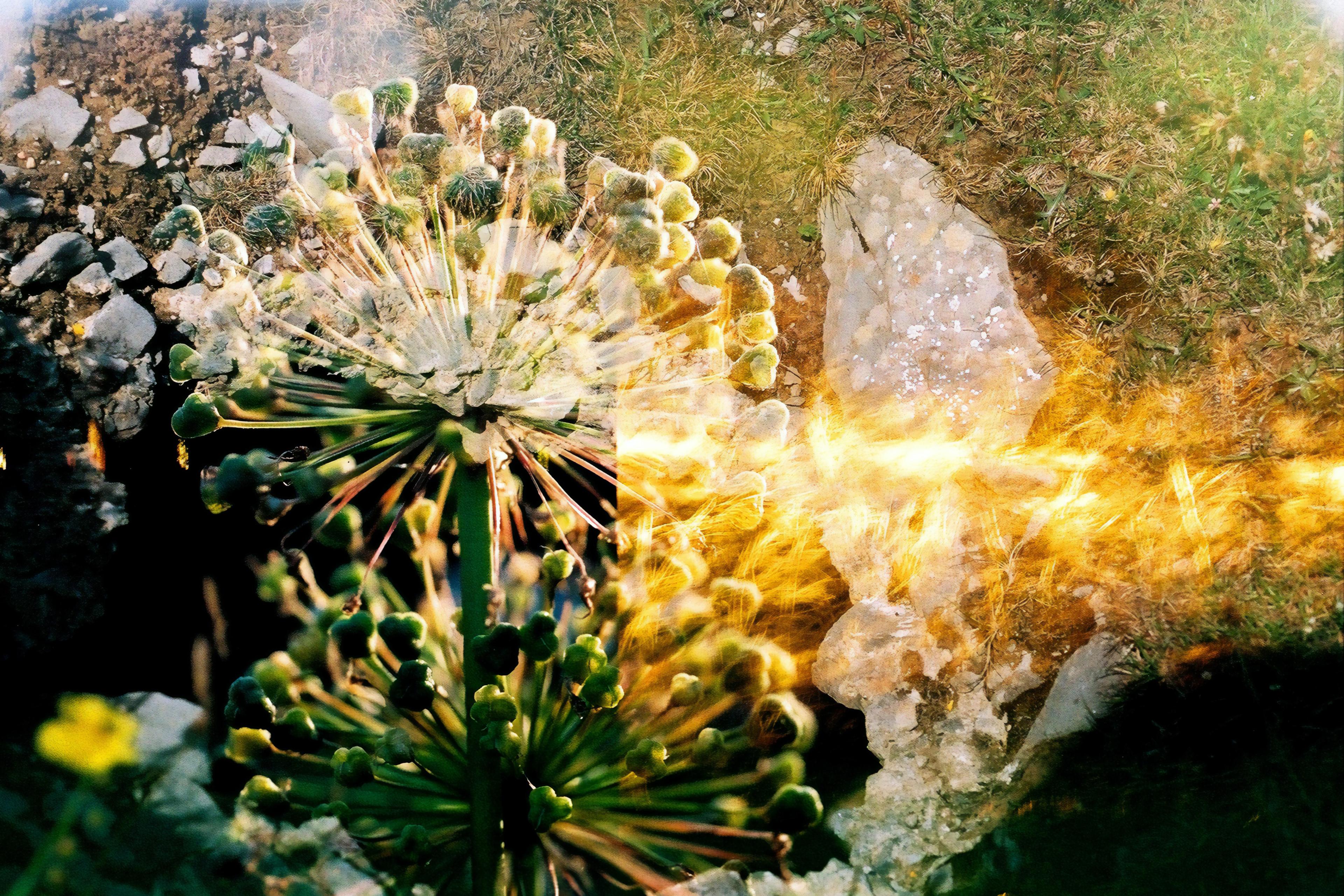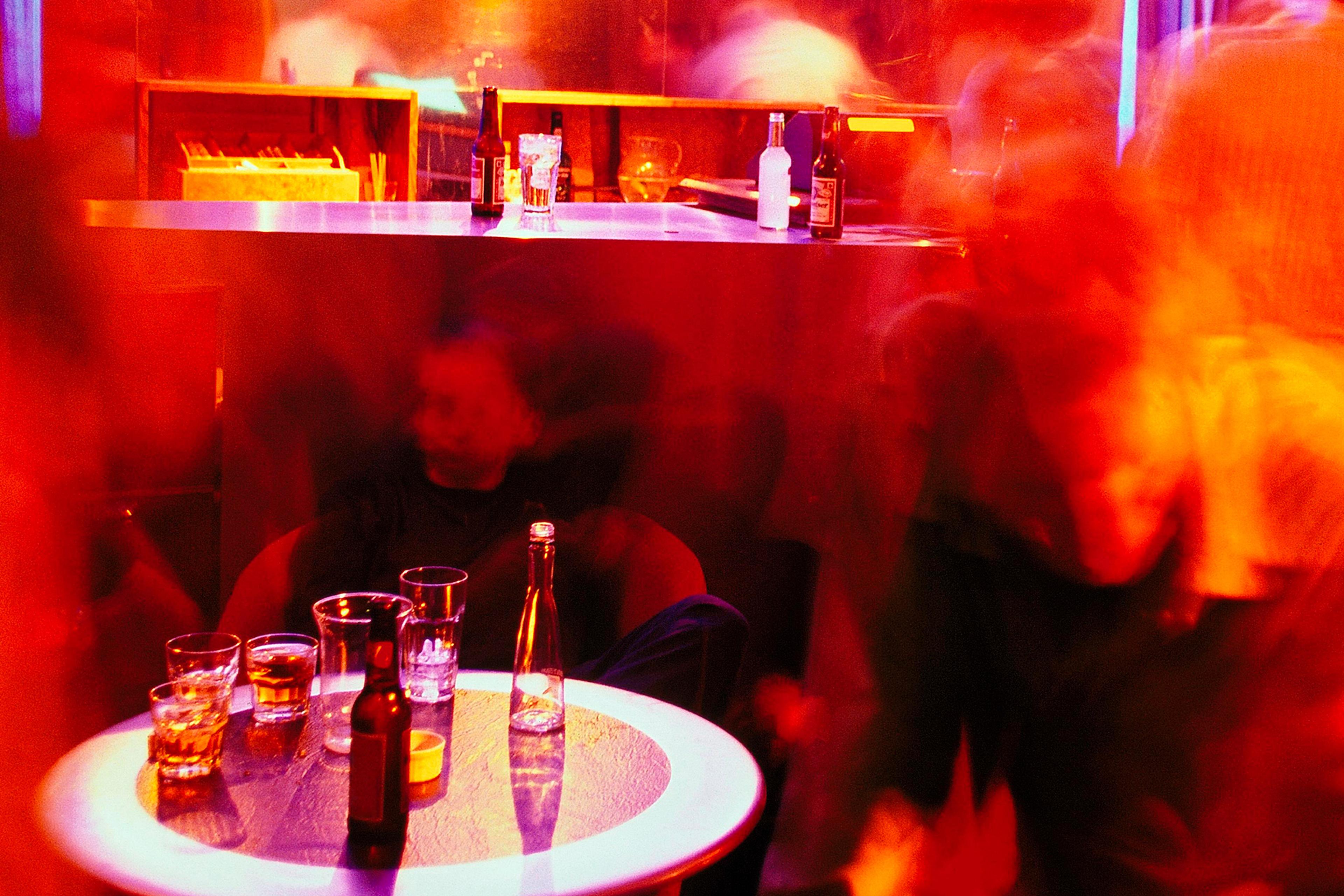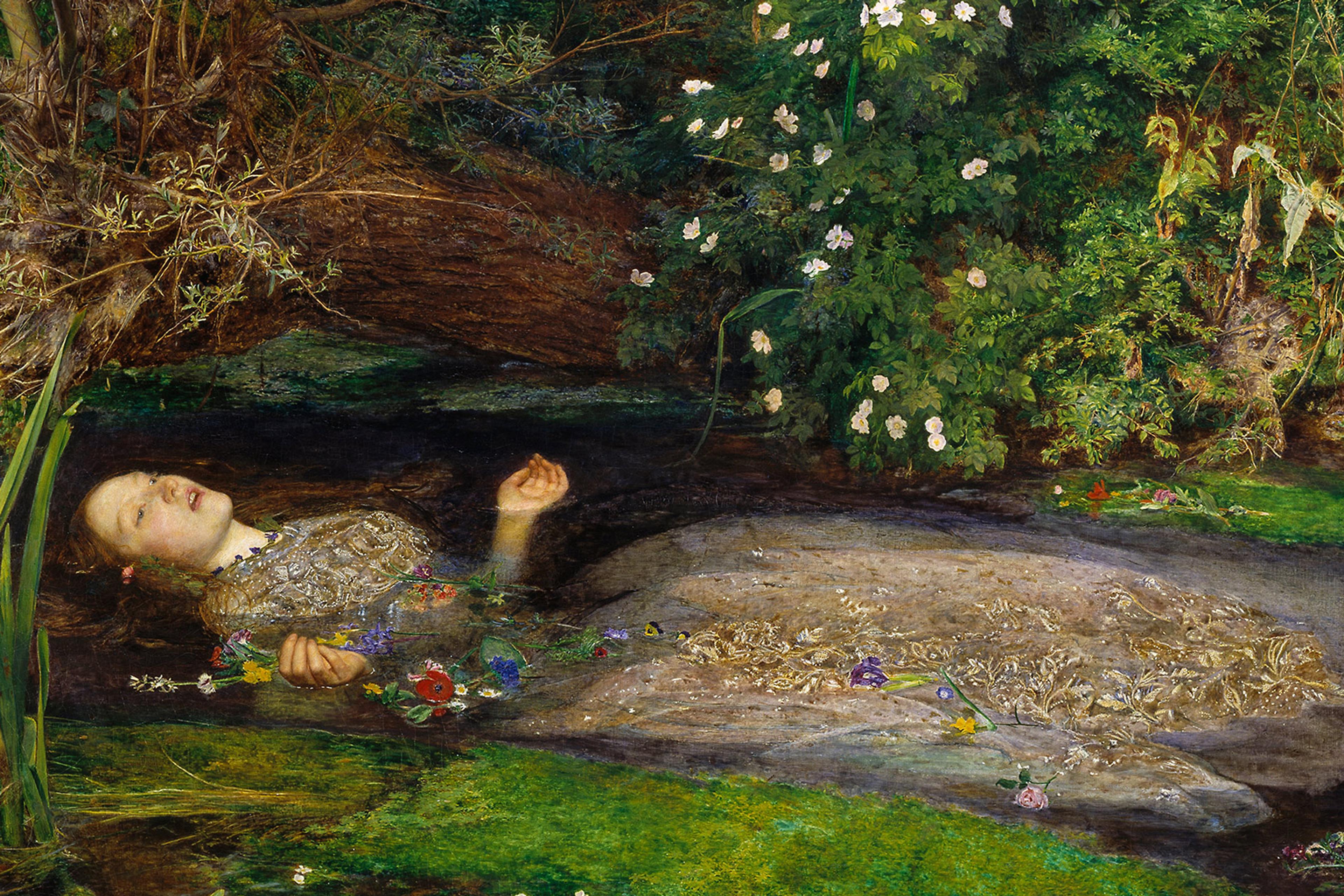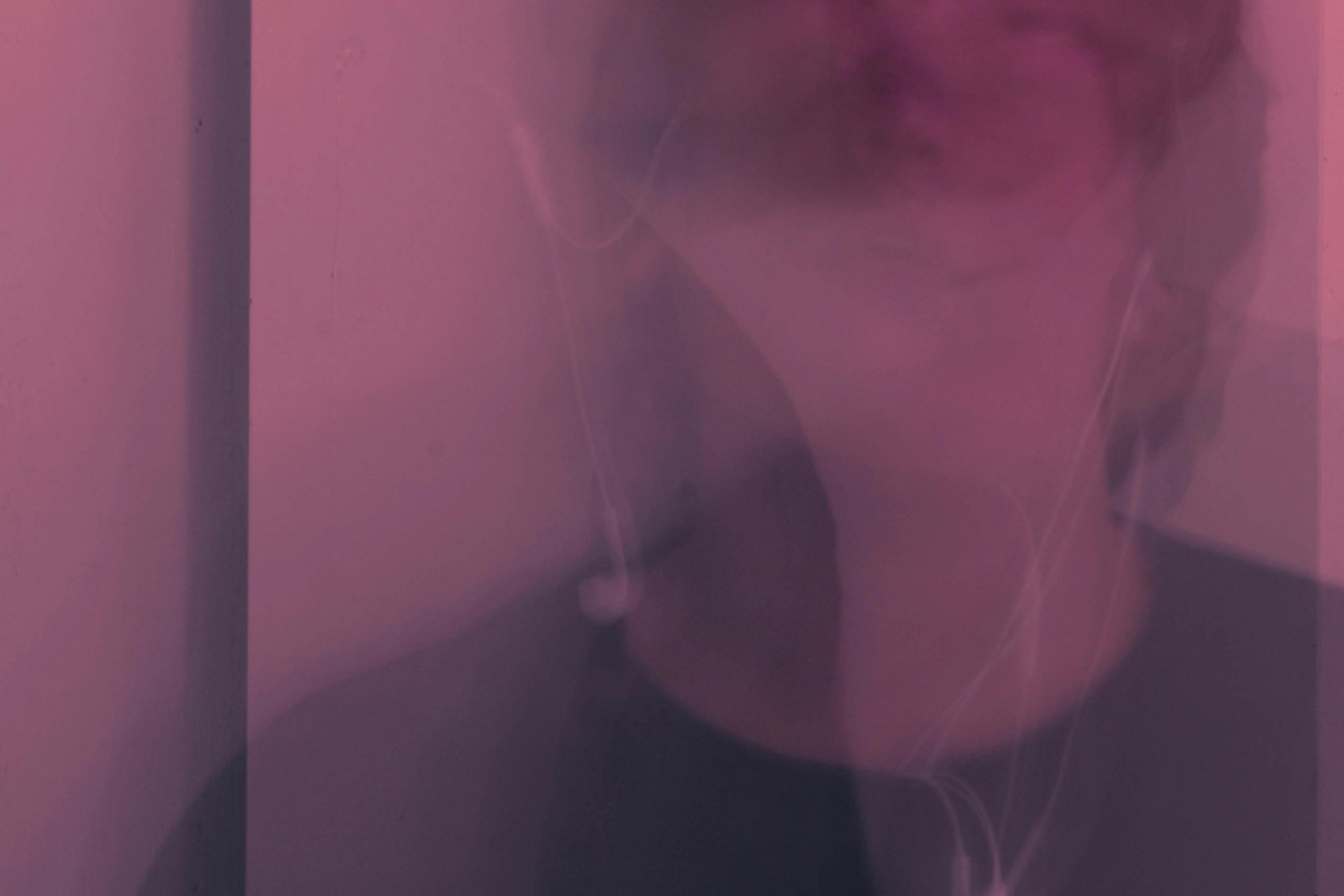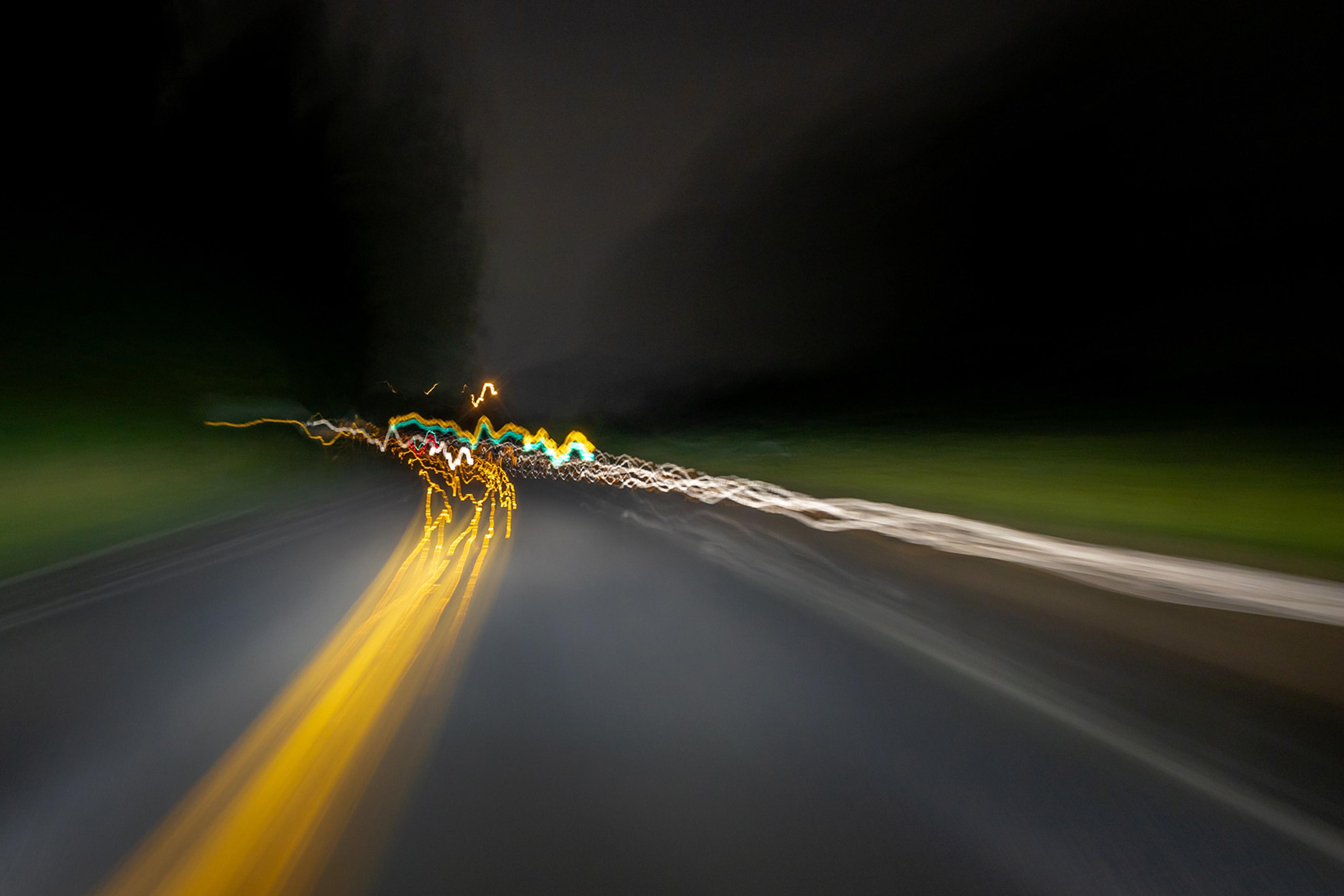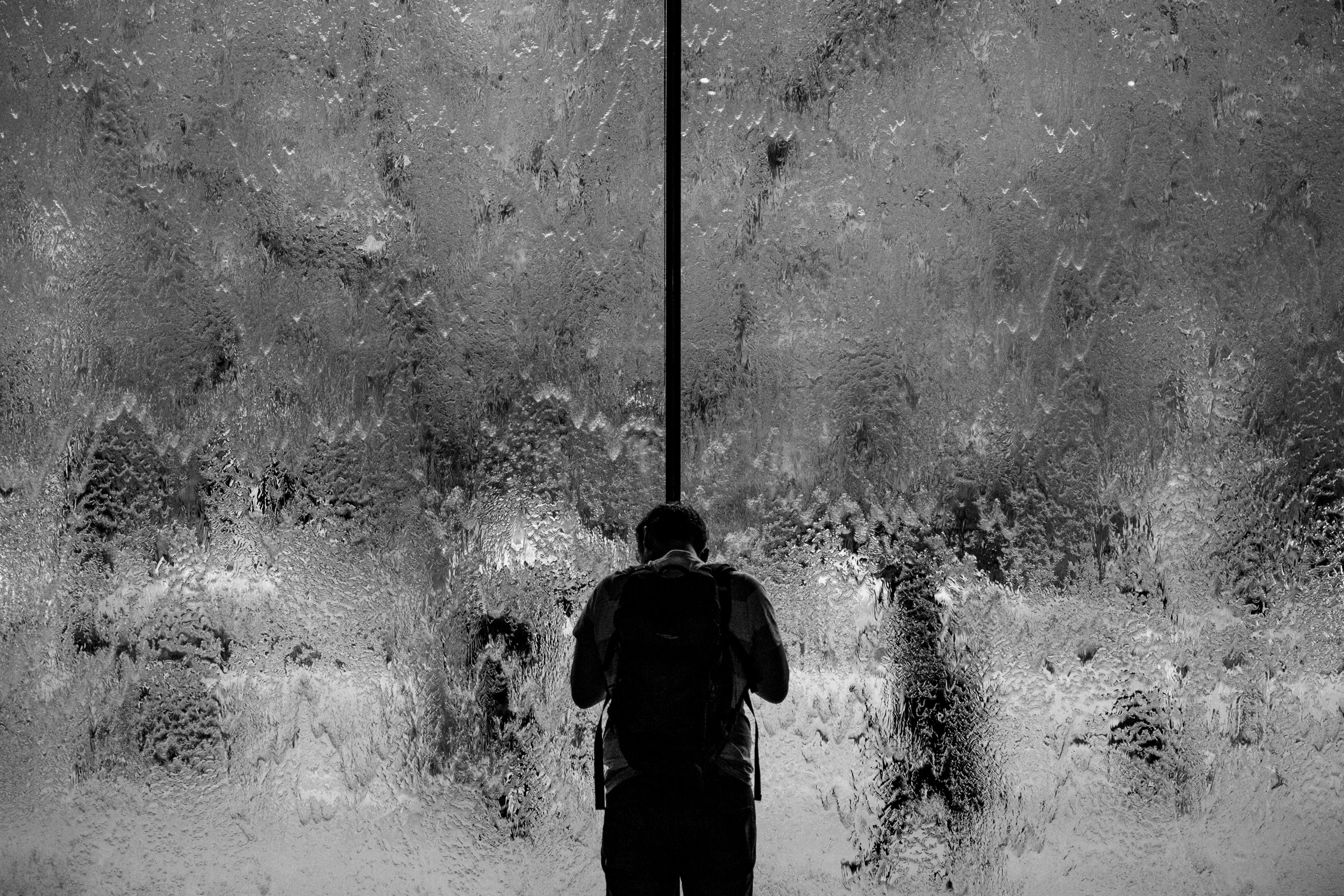When I learn that someone gets migraines, I send them an essay by Joan Didion titled ‘In Bed’ (1968). In her piece, Didion describes her own migraines, which she experienced several times per month starting when she was eight years old. Her migraines are typical, which is to say, horrible. ‘That no one dies of migraine seems, to someone deep into an attack, an ambiguous blessing,’ she wrote.
A fellow migraineur sent the essay to me, and I pay it forward because it offers the comfort of commiseration. There’s a mutual understanding between people who have migraines. A familiarity with pain. That frustrating moment when a migraine is inevitable, and the subsequent loss of control. Knowing that someone as strong-willed as Didion could be wiped out by migraine, I felt better about the times when I too have been stuck in bed.
A migraine is not just a headache: it’s a neurological disorder with an unnervingly long list of symptoms and a tendency for chronicity. Migraines can border on the supernatural. In addition to throbbing head pain, a sensitivity to light, sounds and odours, and nausea, they can bring about hallucinations, changes in perception, and alterations of mood. They are speculated to have influenced Lewis Caroll’s Alice in Wonderland, including the odd perception of feeling very large or incredibly tiny – like when Alice shrinks and grows in size.
Patients and doctors alike have long wanted to determine what causes migraines, leading to scrutiny of the personalities and behaviours of people who experience them. Because migraines take over your body and your mind with such totality, the attack seems personal. There’s a desire to find a pattern, an explanation, like when Alice wakes up and realises her experience in Wonderland was all a dream. The hunt to answer ‘Why me?’ can push you to wonder ‘What if it’s me?’
It was from Didion’s essay that I learned of the so-called ‘migraine personality’, which she describes (citing doctors of the time) as a person who ‘tends to be ambitious, inward, intolerant of error, rather rigidly organised, perfectionist’.
I saw a glimmer of myself in Didion’s description. I wasn’t diagnosed with migraine until last year, and I wanted to know if I and other migraineurs share something more fundamental than our symptoms: something at the very core of who we are. Could my migraines really be brought on by a tendency for perfectionism?
The search for a migraine personality goes back to at least the late 19th century, when doctors believed that people with migraines had nervous energy, ‘unusual intelligence, an active imagination, and a susceptibility to illness,’ writes Joanna Kempner, a medical sociologist at Rutgers University in New Jersey and the author of Not Tonight: Migraine and the Politics of Gender and Health (2014). In 1931, it was reported that migraines could be brought on by watching an exciting play at the theatre, dancing or playing cards, and that housewives could expect an attack after a ‘large washday’.
The migraine personality was first defined in the 1930s by Harold Wolff, a chief neurologist at Cornell University Medical College, now Weill Cornell Medicine. Wolff’s research focused on biological mechanisms; he measured vascular changes that occurred during a migraine. Yet he believed strongly in a psychological connection to physiology.
Wolff wrote that the typical migraine sufferer was a ‘high-pressure big-shot who lives, breathes, eats, drinks, sleeps and dreams his unbridled ambitions.’ This view likely reflected the wealthy New York men whom Wolff predominantly treated, as well as how he saw himself – he had migraines, too. ‘Across migraine history, when people write about migraine, they very often are writing about themselves,’ Kempner tells me. Wolff’s advice to others was to do what he did when he felt an attack coming on: take a break from work, and play a game of squash.
Given this background, the migraine personality was not only a poetic element of Didion’s essay, but also a vestige of older theories about migraine as a psychosomatic or conversion-like disorder. So is there truth to the idea of such a personality? ‘With all due respect to Joan Didion for writing deeply about a serious condition that affected her life and function, there’s a lot there that doesn’t stand up to what we currently know,’ says Christopher Gottschalk, a neurologist and director of the Headache and Facial Pain Center at Yale School of Medicine.
‘The short answer is: of course, there’s no migraine personality,’ Kempner says.
As you examine the concept more closely, the cracks begin to appear. Wolff interpreted the migraine personality type differently for men and for women. He ‘described the migrainous woman as unwilling to accept the female role, particularly in sexual relations,’ Kempner writes. Wolff reported that 80 per cent of the women in his study were sexually dissatisfied. This supposedly emerged even in a migraineur’s fashion choices: ‘Among the men polished shoes, pressed trousers and neatly arranged neckwear and hair were conspicuous,’ he wrote. ‘The women sometimes even sacrificed a degree of attractiveness for austerity or severe neatness.’
Since Wolff, researchers have continued to try to connect personality to migraine, and have not found much. Studies do show that people with migraine are more likely to also have an anxiety disorder or depression, and vice versa. ‘The co-morbidity is definitely there,’ Gottschalk says. But that doesn’t mean these disorders cause migraines. Outside of the conditions simply co-existing, there may be anxiety or depression that stems from having migraines, or feelings of anticipatory emotions about an oncoming migraine.
Studies that measure whether stressful experiences predict headache have not found strong evidence for it, Gottschalk says. The closest was a ‘let-down headache’ study, which found that there’s a slightly higher chance of having a headache the day after a stressful period has ended.
There is increased awareness now of ‘migraine prodrome’, the phase of symptoms that emerge before the onset of the headache. These symptoms can last hours or days, and can include irritability, anxiety, confusion, fatigue, craving certain foods, or not being able to sleep. This pre-headache experience can be misunderstood as suggesting that ‘being stressed and frustrated by some exterior thing is “giving you a headache”,’ Gottschalk says. Instead, irritability and other symptoms can be seen as early warning signs of an impending migraine.
The association of migraines with a certain personality type has contributed to dismissal, blaming and doubting the people who suffer from them, Kempner says. If migraines are thought to emerge from someone’s patterns of thinking and behaviour, then it may seem as if it’s somehow their fault when one comes on. ‘People use somewhat less judgmental terms, but the concept is still very prevalent: that if somebody has a lot of headaches, it’s because they’re anxious, they’re stressed,’ Gottschalk says.
But the same reasons that make the idea of a migraine personality problematic are also why it continues to have a strange appeal – even to people with migraine themselves. ‘Otherwise, it’s just random noise,’ Gottschalk says. ‘It’s human nature to want to find a reason for it. It hasn’t stood up to the test of time or science, but it makes perfect sense in terms of people just trying to make sense of their experience.’
In a New York Times series on migraine published in 2008, the neurologist Oliver Sacks, the writer Siri Hustvedt and the lead singer of Wilco, Jeff Tweedy, along with others, wrote about their experiences of the pain, hallucinations and auras of migraine. Annie Gosfield, a composer, wrote to Sacks, asking if there was a connection between migraine and creativity. ‘Those of us who are migraineurs would like to think so, but I do not think there is any strong evidence for this,’ Sacks wrote.
‘I think of the migraine personality a little bit like an astrological sign,’ Kempner says. ‘Once we learn that we’re a Leo or a Capricorn, we also start looking for examples of [characteristics that match] our astrological sign.’
In his practice, Gottschalk says his patients actually run the gamut. He wishes that some were more organised and attentive, in the way the migraine personality is described, by tracking their headaches or being more consistent with their medications. On the other end, some are very ‘Type A’, have spreadsheets of their headache activity, and Gottschalk wants to suggest to them to focus a little bit less on their migraines.
The history of the migraine personality did not reveal why I get migraines. What I did learn is that people have personalities, and people have migraines – and having both at the same time leads to the natural tendency to push them together. I also found that there is something meaningful in knowing that you and another person have a shared experience with migraines, whether they share your personality or not.
A doctor once told Didion that she didn’t appear to have a migraine personality because her hair was too messy. Didion asserted that her migraine personality emerged through her work, not her grooming. ‘Perfectionism can also take the form of spending most of a week writing and rewriting and not writing a single paragraph,’ she wrote.
Even though not all of Didion’s description matched up with my experience, the parts that did match seemed special, as if they were revealing something about who I was. Dozens of comments on the New York Times migraine series expressed gratitude, in part just for showing that people whom readers admired shared their affliction.
‘Intellectual curiosity about one’s own illness is certainly born of a desire for mastery,’ wrote the migraineur and author Hustvedt in her memoir, The Shaking Woman (2009). ‘If I couldn’t cure myself, perhaps I could at least begin to understand myself.’
